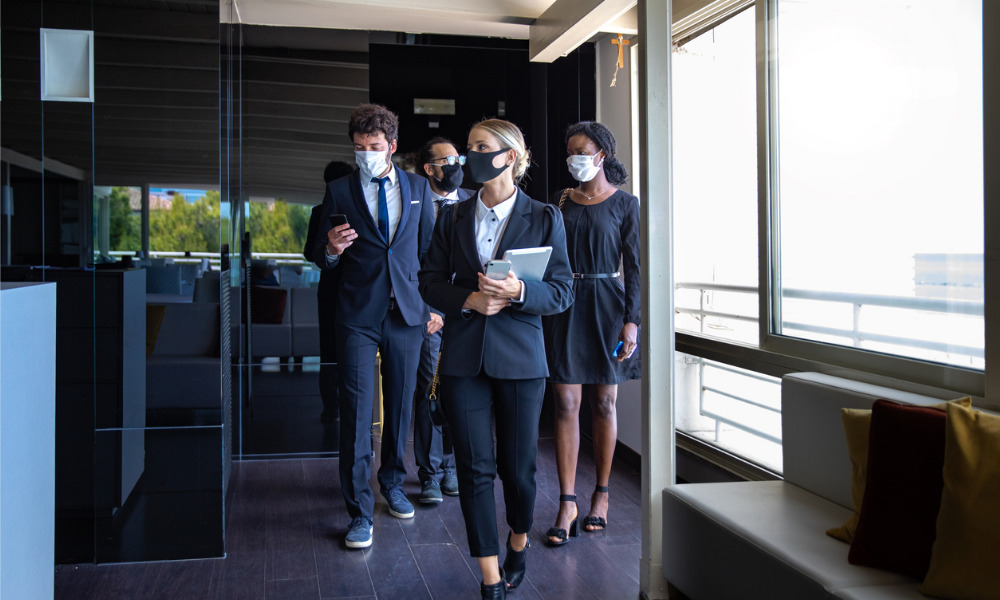
HRD explores the guidelines for transitioning back to work

Australia’s Covid restrictions vary widely from state to state despite low numbers of infection across the country.
In recent weeks, Premiers have shown they are willing to impose snap lockdowns and heavy restrictions over singular cases in their bid to prevent a fresh outbreak.
It’s created frustration between some state leaders over the constant stop-start approach to reopening borders and the impact this uncertainty is having on Australia’s economy.
Recently, cases involving infected quarantine workers have posed a headache for officials in both WA and Victoria.
Melbourne is now dealing with its second infection linked to hotel quarantine, after a worker at one of the hotels housing the Melbourne Open tennis players tested positive.
Authorities identified 14 possible exposure sites from the Grand Hyatt case and deemed 661 people close workplace contacts.
NSW has also reported a new case in a returned traveller who tested positive after leaving their 14-day quarantine.
Around a dozen venues have been put on alert around Wollongong and south-eastern Sydney as the Premier Gladys Berejiklian called for greater testing in those areas.
Below are the current workplace restrictions across Australia’s eight states and territories.
The work from home order was repealed in December, meaning employers are no longer legally obliged to allow their workers to stay home.
Workplaces are encouraged to have COVID-19 Safety Plans in place and to stagger work times to stop large numbers of people entering the workplace and reduce the strain on public transport.
WA entered a state of emergency after a hotel quarantine worker became infected.
The five-day lockdown for Perth, Peel and the South West has ended but restrictions remain for Perth and Peel until 12.01am Sunday, 14 February 2021.
Premier Daniel Andrews had announced an easing of workplace capacity rules until the case involving a hotel quarantine worker linked to the Melbourne Open.
The state now has two cases linked to hotel quarantine and authorities are racing to test close contacts.
Restrictions have been reimposed, meaning the return to work guidelines have changed yet again.
Read more: COVID-19: What information can employers request?
Last month’s restrictions have eased following Greater Brisbane’s 3-day lockdown.
Due to a case in WA, the LGAs in the Metropolitan Perth and Peel regions of Western Australia will remain hotspots until 1am AEST 14 February.
People who have been in a COVID-19 hotspot in the last 14 days or since the start date identified for the hotspot (whichever is shorter) will not be allowed to enter Queensland, except for a limited range of people who can enter for essential purposes and will be required to quarantine on arrival.
The border with Victoria remains open but the state government is asking Queenslanders to reconsider travel to Victoria.
South Australia has minimal restrictions after it successfully avoided the lockdowns experienced in neighbouring states.
Read more: Remote work: Is HR doing enough to support well-being?
As Australia’s smallest territory, the ACT has few restrictions in place.
The state is currently in stage four of its recovery plan which began in December.